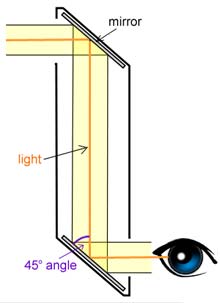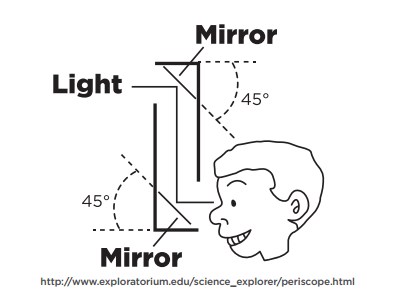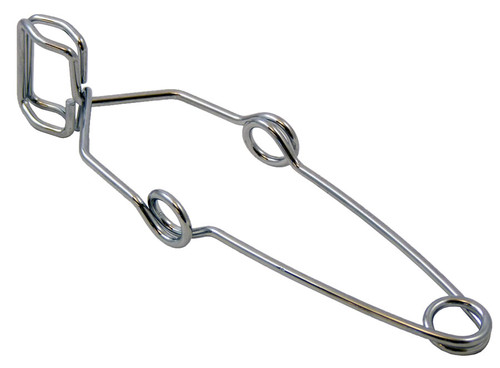Hello guys, welcome to my blog, today I'm blogging about the DNA extraction that we did in Science class. We use kiwi fruit to find the DNA Extraction.
Equiptment:
- A kiwi fruit
- Knife
- Water
- Plastic sealable bag
- Plastic cup/beaker
- Coffee filter
- Bamboo skewer or spatula
- Test tube
- Dishwashing liquid
- Rubbing alcohol
- Cut the kiwifruit into half and the skin.
- Put half of the kiwifruit into the plastic sealable bag and mush the kiwifruit.
- Put a splash of water into the bag with a squirt of dishwashing liquid.
- Put the coffee filter on top of the plastic cup/beaker.
- Pour the liquefied fluid on the coffee filter and collect the juice in a beaker.
- Carefully pour half a quarter of rubbing alcohol into the test tube. This will cause two different phases.
- After you see some precipitation, take the slimy wad of kiwifruit DNA.
- There you have it! You have kiwifruit DNA.

















